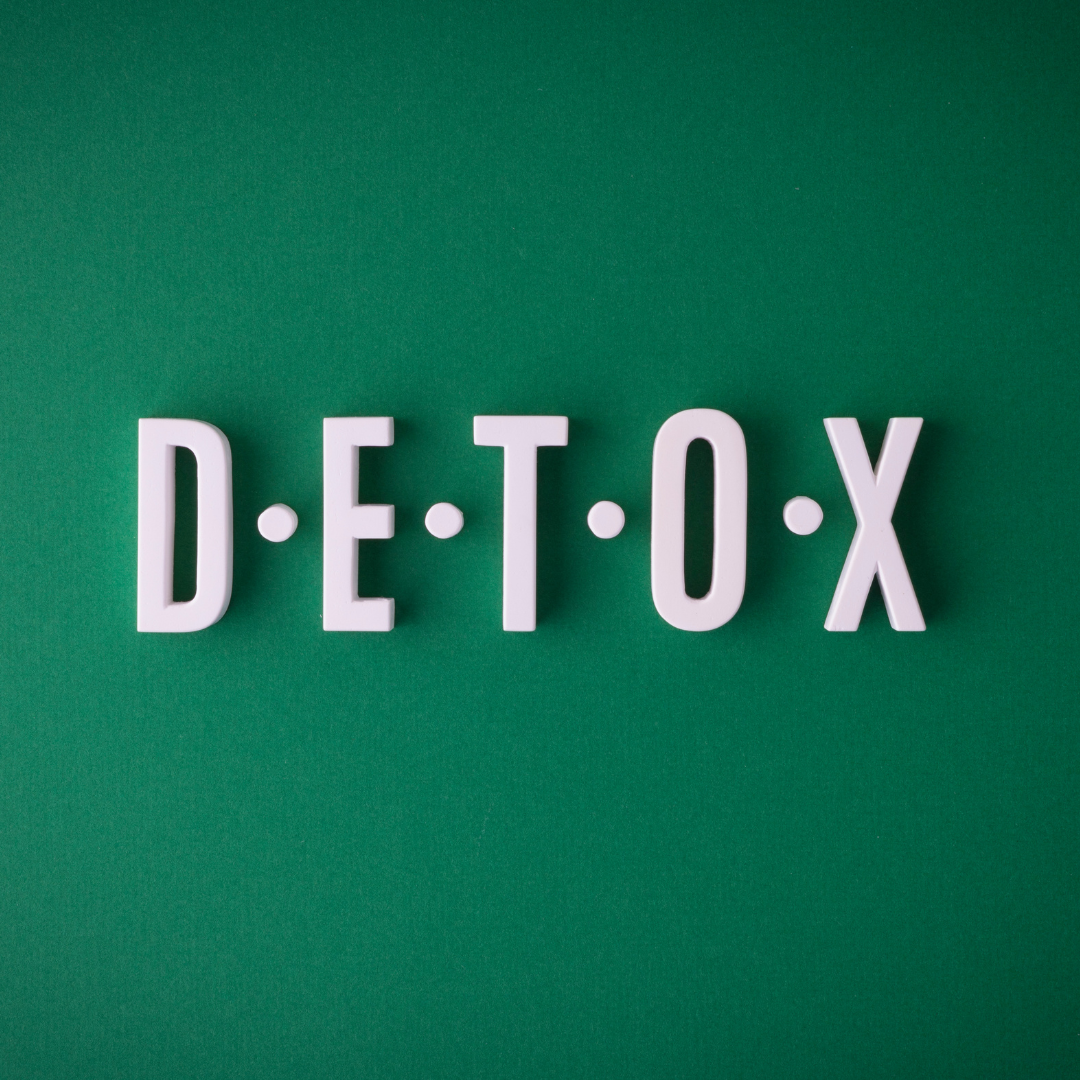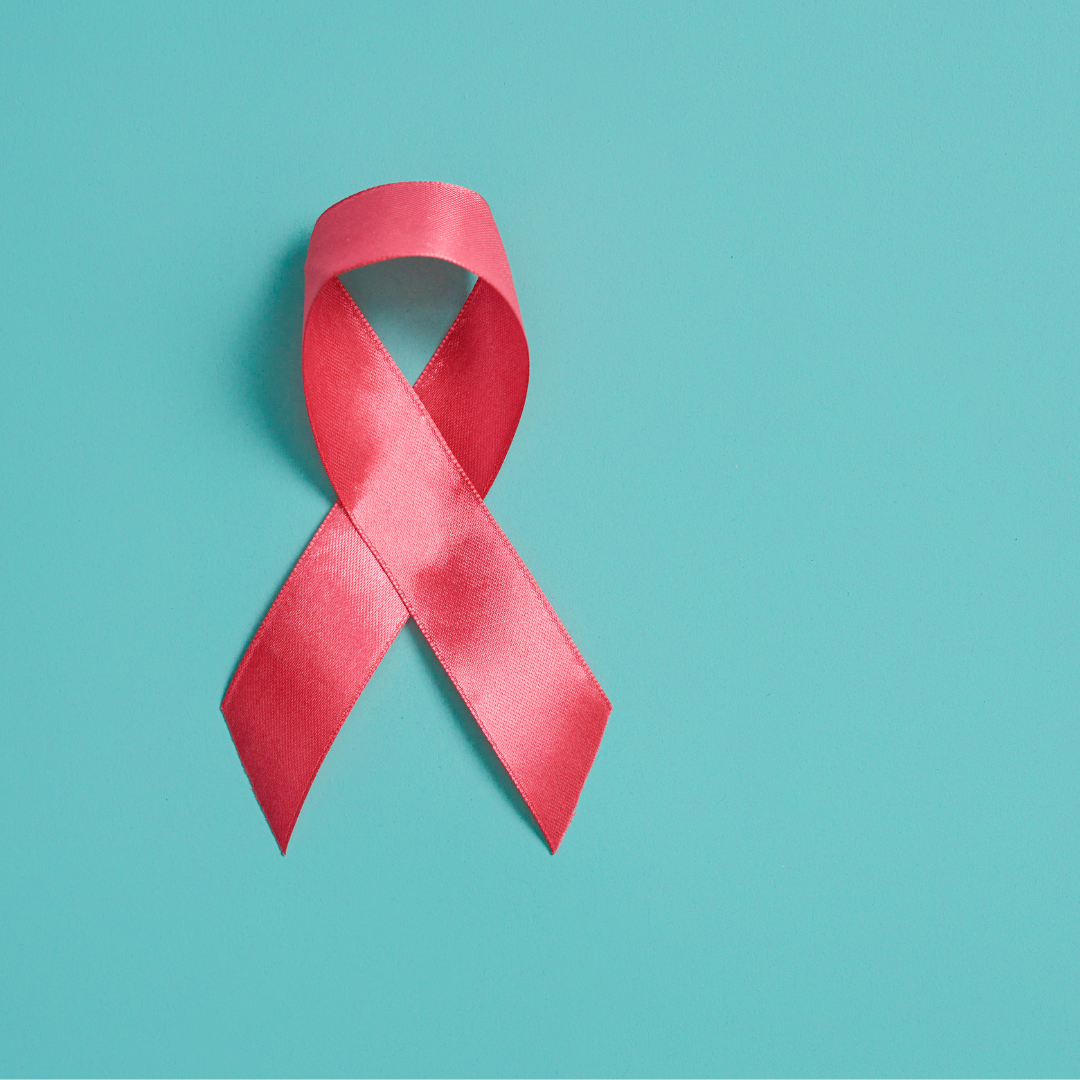Counting Your Macros and Enjoying What You Eat
Are you looking to shed unwanted pounds, build muscle, or simply eat healthier? Although we’ve long heard that weight management is all about “calories in and calories out,” there’s more to it than just tracking calories. By focusing on macronutrients—proteins, fats, and carbohydrates—you can create a more personalized, effective plan to reach your health goals without feeling deprived. So, What Exactly are Macronutrients? “Macros” is short for macronutrients, the nutrients that provide energy, specifically proteins, fats, and carbohydrates. Proteins and carbohydrates provide four calories per gram, and fats deliver nine calories per gram. We need to consider macronutrients as a source of fuel for our bodies. The total calorie intake comes from the macronutrients. We do not want to confuse macronutrients with micronutrients. Micronutrients are the vitamins and minerals...











